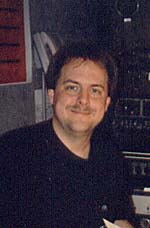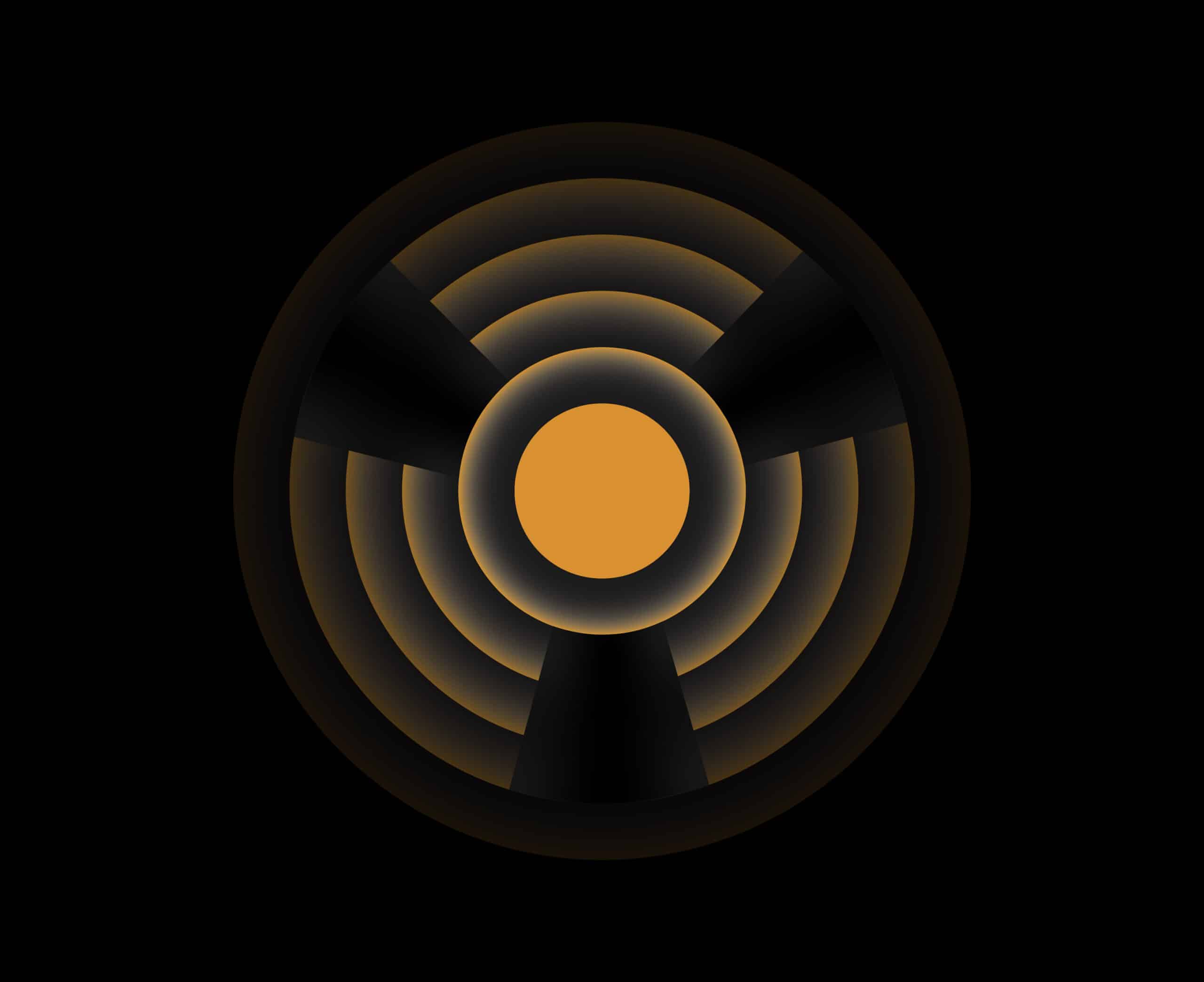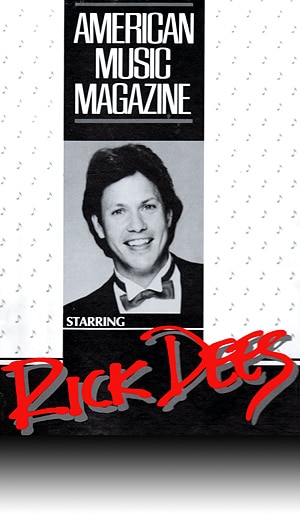The Rob Calhoun Collection

Rob Calhoun, 1985
|
Rob Calhoun (RadioRob) says he's loved radio since he was born.
My first chance for normal hours was at WVJS in Owensboro, KY., the place to learn how to do radio — and I did — becoming afternoons and Assistant PD. Sadly, I entered this business during deregulation and the Telecom Bill. After four years, a new GM eliminated my position for automation. I wound up working for The Cromwell Group's WKCM/WLME in Tell City, IN. Details of that time of hell could be used as a screenplay for "Pulp Fiction II". I stepped away from radio for a bit only to return to CHR 96STO (WVJS' sister) Evansville, IN/Owensboro, KY. First middays and then to nights (my dream gig). Life was nice but the Telecom Bill headed its ugly rear once again. The new owner hired a GM who was able to do what a fire in 1964 and a tower collapse in 1983 couldn't do: bring WSTO to its knees! I was staff casualty number 25, I think. After a two week vacation through the North Carolina mountains and coast scanning the radio dial, I determined radio was a "vast wasteland" with a few exceptions like Jackson Armstrong at Oldies 93 in Winston Salem, NC. I returned to Owensboro and went to work with my former WVJS boss Joe Lowe. I handle audio/video needs for The Executive Inn, a 640 room hotel/convention center and do freelance voice work. |
This is a reminder of what radio was like in some small towns before satellite and automation. I read on a defunct web site a while back that KYMO was a barn burner. It was a 500 watt daytime CHR, used JAM jingles and did things right. It held on to a contemporary format until the mid-eighties.
Skipper T. (Skip Spence) has made a few comments on this site and was in Evansville radio a couple of years back doing a weekend shift at Oldies WJPS. He really smoked with the format getting into it better than some of the full time jocks. What can I say, he made me turn the radio up and jam!
All that power  sources claim up to a million watts at times  spread the word about the magic of goat glands that increase virility. It was also during those years the Border Blasters gave much of the world its first exposure to Country and Soul music.
The advantage of working for an NPR affiliate is when you heard a story that’s worth keeping, you record a later feed. I stayed late that night to catch this audio gem.






